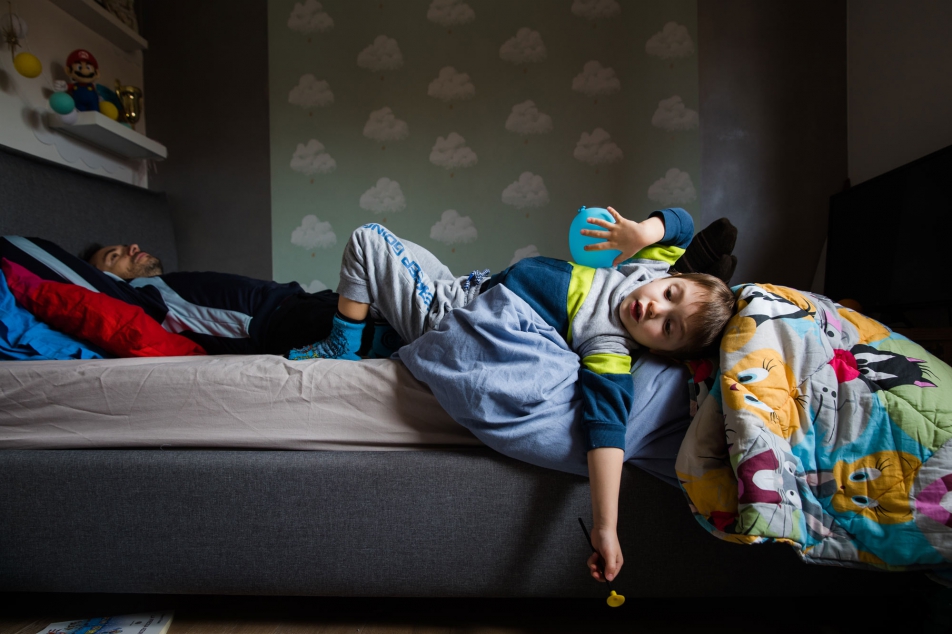HOME
Thoughts thrown together amidst saucepans and bookcases in our coronavirus houses
by Gianluca Nicoletti

Our memory of the months of lockdown can be measured in terms of the number of square metres of our houses. The distress wasn't the same for everyone, it was infinitely less intolerable for those who were able to relieve the strain by sitting on a terrace, enjoying a view that wasn't looking across at other houses, or by hiding away from it all in a quiet little corner without having other family members climbing all over them.
Whatever the dimension or style of house we had, for a period of time that seemed like an eternity, to us they were tantamount to a turtle's shell.
None of us could possibly have imagined, prior to that fateful day, 8 March, that we would start such a visceral, symbiotic relationship with that box of bricks, cement and plasterboard, that which we previously just saw as the custodian of a part of our lives. And yet houses aren't simply boxes, they are themselves affected by the lives that are lived within them. Each house preserves the subtle trace of its inhabitants, the imperceptible shadow that leaves no visible mark on the paintwork, the wallpaper, or on the well-trodden floors. It's what we might call the soul of a house, that which builds up layer by layer with every generation that calls it their home. No amount of restructuring, partitioning, reflooring or redecorating can change it.
Our house, be it owned or rented, absorbs us day after day, keeping a memory of every single one of our thoughts, every heartbeat, every gesture, every tear shed in love or in anger. All of this might have seemed just an abstract exercise in delirious dreaming, it might have... That was until Covid arrived to confine us within our homes day and night, where we were suddenly forced to allow everything in.
It was no longer possible for us to keep every moment of anguish, every thought, fear, or remnant of our emotional banquet inside, nor were we able to vent them onto others as we used to do. We were only able to throw them together like mental furnishings onto our bookcases and shelves, among saucepans and ladles, into the detergent cupboard, into the darkness of the laundry basket alongside the washing machine.
To relieve the loneliness we unleashed gestures and words to scrawl indelible graffiti on what we thought were our dens but which turned out to be resonance chambers of images buried in our past, mirrors deforming the exalted figuration that we created of ourselves, altars of prophecy on our improbable future.
Now it feels like we're living in the aftermath of a nightmare that shook us “From Dusk till Dawn,” just like the survivors in the 1996 horror cult movie (starring George Clooney and scripted by Quentin Tarantino) of the same name. Our houses have become “normal” abodes once again, back to their old, customary selves, we'll consider giving the walls a new lick of paint, updating some of the furniture or at least changing their arrangement.
The nightmare of our cocooned lives is becoming a distant memory, the houses returning to being places of transit, we'll quickly forget when they were once our “Bastiani Fortresses” (a reference to Dino Buzzati’s famous 1940 novel, Il deserto dei Tartari, which was translated from Italian into English as The Tartar Steppe - ed). Since we can allow ourselves these thoughts, we are the lucky ones who, on this occasion, were spared by the Tartars.
We're therefore grateful to our houses which took the strain of our irritation at having them around us all the time, without the passage of time being interrupted by the daily comings and goings through the front door, differentiating the world within from the one without.
(© Gianluca Nicoletti/La Stampa, June 16, 2020)
(In the photo: Niccolò, who was stuck at home with his parents in lockdown near Latina.)